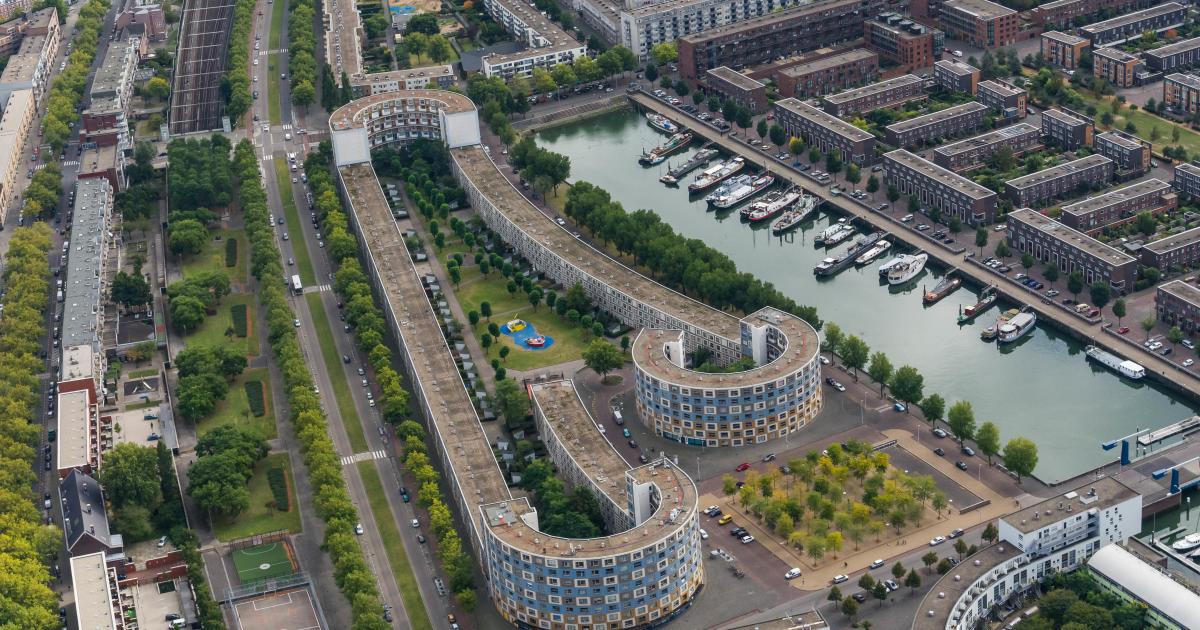Rotterdam's Green Roof Initiative
In 2013, Rotterdam launched an ambitious project to transform its urban landscape by installing green roofs across the city. These rooftops, covered with vegetation, have become unexpected havens for wildlife, particularly birds and bees. The initiative aimed to combat urban heat and manage rainwater, but it has also created new ecosystems high above the city streets.
A New Habitat for Urban Wildlife

The green roofs of Rotterdam are now home to a variety of bird species, including the black redstart and the common swift. These birds find refuge and nesting sites among the dense foliage. The roofs also support a range of bee species, crucial for pollination. The presence of flowering plants like sedum and wildflowers provides a continuous food source for these pollinators.

The Role of Local Flora
The choice of plants on these rooftops is critical. Sedum, a hardy succulent, is commonly used due to its ability to withstand harsh rooftop conditions. Additionally, native wildflowers are planted to attract bees and other insects. These plants not only survive in the challenging rooftop environment but also thrive, creating a vibrant ecosystem.
Community and Environmental Impact
The success of Rotterdam's green roofs extends beyond biodiversity. These rooftops help reduce the urban heat island effect, lower energy costs by insulating buildings, and improve air quality. Local communities have embraced these green spaces, often using them for educational purposes and community gardening projects.
Future Prospects for Urban Green Spaces
As Rotterdam continues to expand its green roof initiative, other cities are taking note. The project serves as a model for urban sustainability, demonstrating how cities can integrate nature into their infrastructure. The thriving bird and bee populations are a testament to the potential of urban green spaces to support wildlife.











